Earlier this week I attended the annual conference of the International Forum of Visual Practitioners for the first time. I’ve been curious about this area of practice for a while, but could I be any good at it?
I’d read The Graphic Facilitator’s Guide, Brandy Agerbeck’s first book. She’s a leading practitioner and thought leader in the sector (her forthcoming book is The Idea Shapers). An early chapter contains a checklist of qualities that lead to success in graphic facilitation, and I was mollified to find I could check off almost every item.
Then, opportunity knocked. I’ve been hired to record an upcoming training institute at a local university. I knew I needed to up my game, pronto, and the IFVP conference was in the right place at the right time.
Here’s six top things I came away with from my three-and-a-half-day deep-dive into the realm of graphic recording/facilitation:
1. Nerding out on magic markers is real
The geographic epicenter of the conference was the Neuland sales booth, a German company that makes the tool of choice for most practitioners in the field. You might think a marker is a marker is a marker, but these markers are indisputedly cool. They look different, they feel great in the hand, there’s a zillion styles and colors, the ink flows smoothly, and they are refillable. All this plus the fact that they are not available for retail purchase in the U.S., only by mail order, made the Neuland display a buzz of excited activity at all times. They were also a sponsor of the conference, so there were magic markers everywhere to admire, use and play with. Here, the fetishization of magic markers is accepted and encouraged.
2. But it’s about a lot more than magic markers – a LOT more
Content, community, collaboration. Listening, thinking, drawing. Visual thinking, emotional engagement, functional utility. Creating an experience. Organizational development. Equity, cross-cultural communication and conflict transformation. Graphic recording vs. graphic facilitation. These are just a few of the buzzwords, phrases and issues I heard and learned about in the breakout sessions and hallway conversations I engaged in.
Bottom line: effective practitioners in this field are not simply silent, passive note-takers. They listen deeply, connect concepts, make meaning and inspire others.
3. Sharing is caring
The IFVP community is open and transparent. We are all here to share with each other and borrow ideas. Go ahead, steal that icon and adapt it if you like the way that person drew it.
Newbies were assigned mentors if we wanted one. I was fortunate to be paired with @SamBradd of Drawing Change. Sam is a former nonprofit administrator, current change-maker and co-editor of the new book Drawn Together Through Visual Practice.
Even though my highest priority for attending the conference was to get trained so I can carry out my upcoming graphic recording gig with some level of confidence and success, I felt reluctant, embarrassed even, to fill up my limited one-on-one time with Sam asking about practical feedback on my paltry visual recording efforts to date. As a smart, talented and deeply thoughtful individual I sensed he is on an evolved plane and that this kind of feedback would bore him. Maybe I was projecting my insecurities. I probably was. But still, I was satisfied listening to him talk about current developments in the field, his book, his business and his work. Thank you!
4. The field can be highly tech-savvy
While the most obvious artifact of graphic recording is an analog approach, it’s not all paper and markers. There are those in this community who are hardly Luddites. Here’s a quick list of some of the tools and resources I learned of that can enhance the practice of visual thinking:
- Cintiq – a sophisticated touch-screen that you “draw” on with a specialized pen
- Grimace – an app that shows you visually what emotions look like on a person’s face
- Word Swag – add text to your social media images
- Concepts – for sketching on your Apple device of choice
- Whiteboards – fun instructional videos of sketching in action, either done the “real” way using lights, videographer, audio, etc [here’s the ne plus ultra of them all, “Weird Al” Yankovic’s Mission Statement] – or of course, there’s also an app for that
5. No one shows you how to compose a page
Here’s my biggest “how-to” question(s). As a graphic designer I’m used to composing a layout with text, color, shapes and space over time – having the luxury to play with the different graphic elements on the page until they look right. But how do you do that, fast? And live, in the moment? When you don’t know what’s going to come out of a person’s mouth? How do you avoid having all your work scrunched in a corner, or conversely, running out of room on the paper?
To some extent it must be intuitive? Or something you can learn with practice over time? So many of the people I saw creating charts at the conference had an excellent sense of spatial relationships and composition, yet no one was talking about it or teaching it.
Maybe that’s because it doesn’t really matter? Since content is king…
6. Content is king
Yes, there are many skilled illustrators and artists in this community. And yes, time at the conference was well-spent learning to draw icons and improve hand-lettering skills. Some visual practitioners don’t use many drawings at all in their work. But at the end of the day it’s just a pretty picture if you haven’t also helped your client:
- Make connections
- Simplify complex concepts
- See the bigger picture
- Have all voices heard (even the quiet ones)
- Solve a problem or otherwise achieve the stated goal
I’m not sure where this journey into the world of graphic recording will lead, or how I will incorporate it into the work I am already doing using branding, marketing and design to help nonprofits maximize mission impact. But I do know I am now part of an amazing community of individuals who are creative, savvy, gregarious, intellectually curious, critical thinkers who are also on a path with their own narrative, and we are all here to learn from one another.
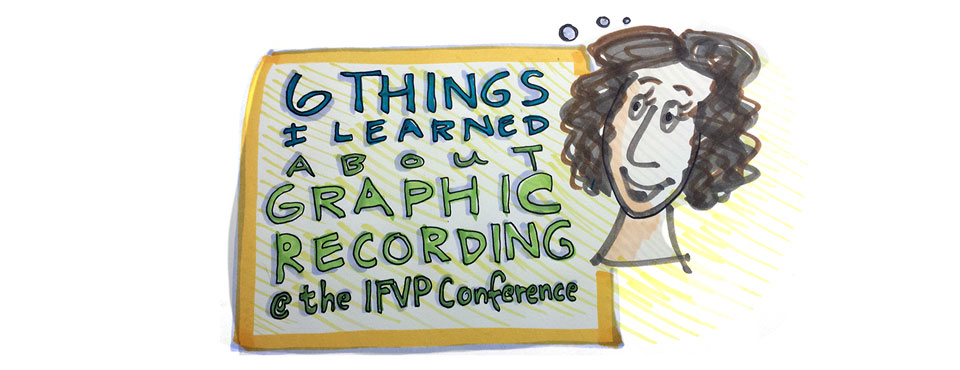
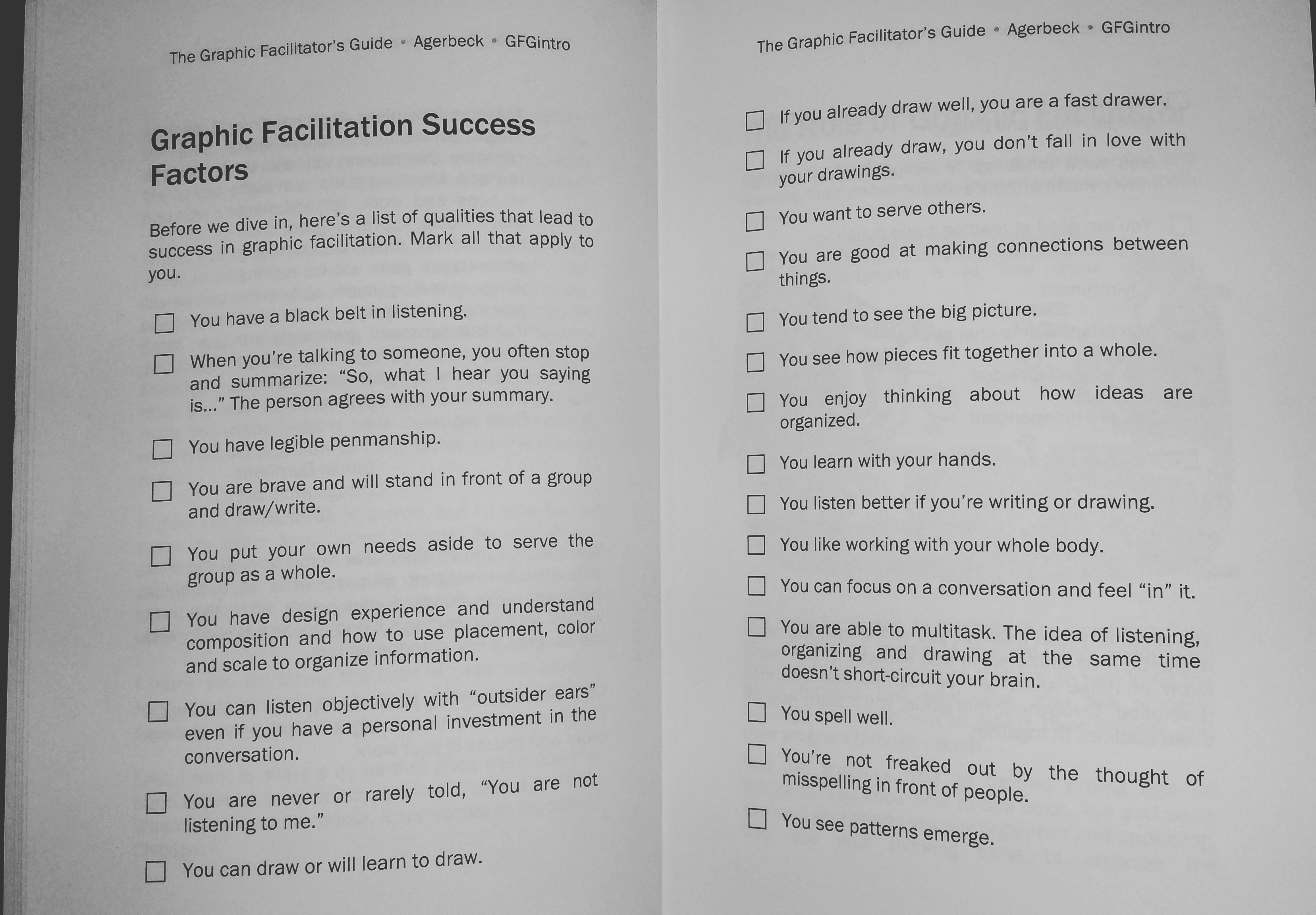
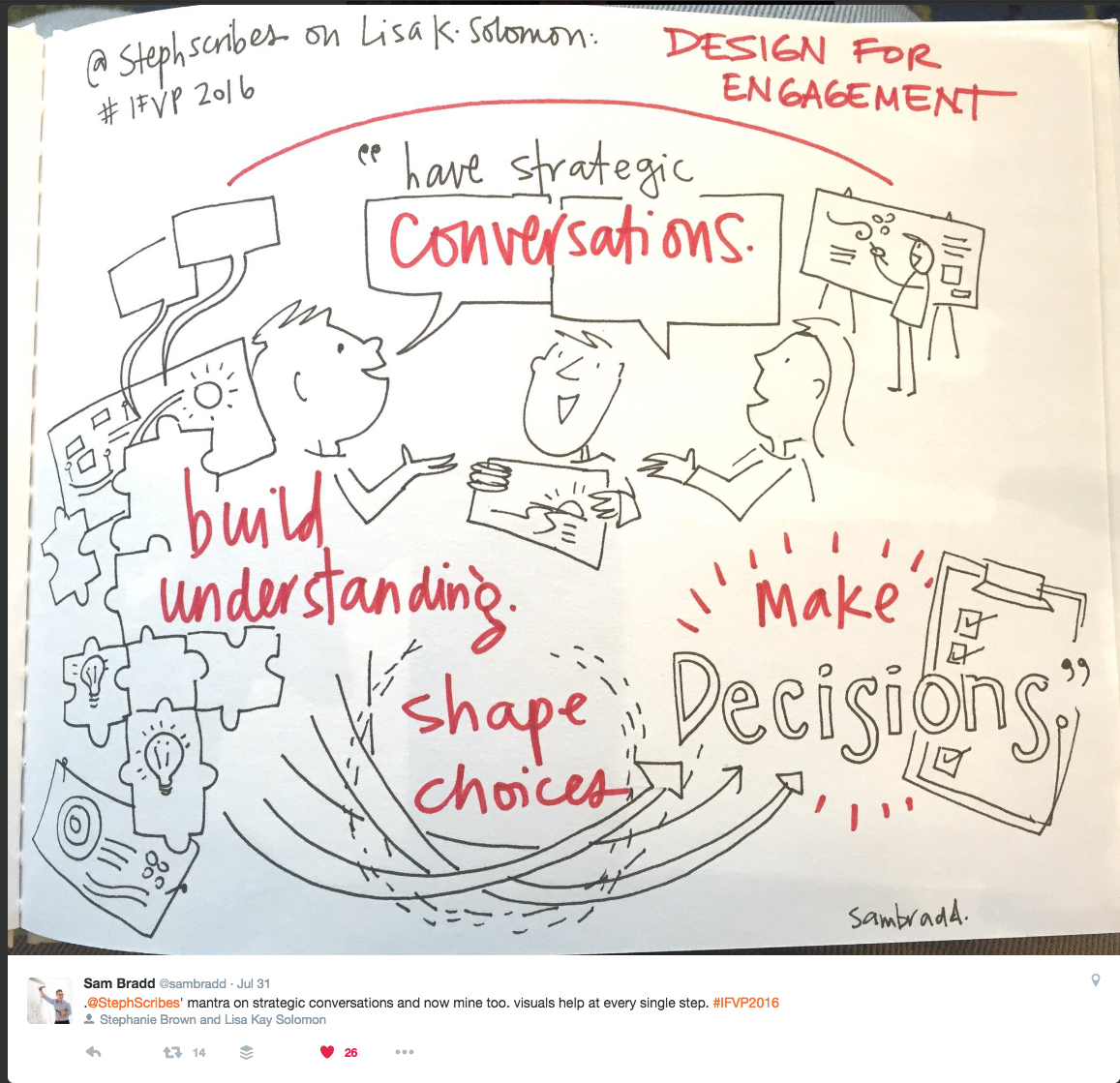
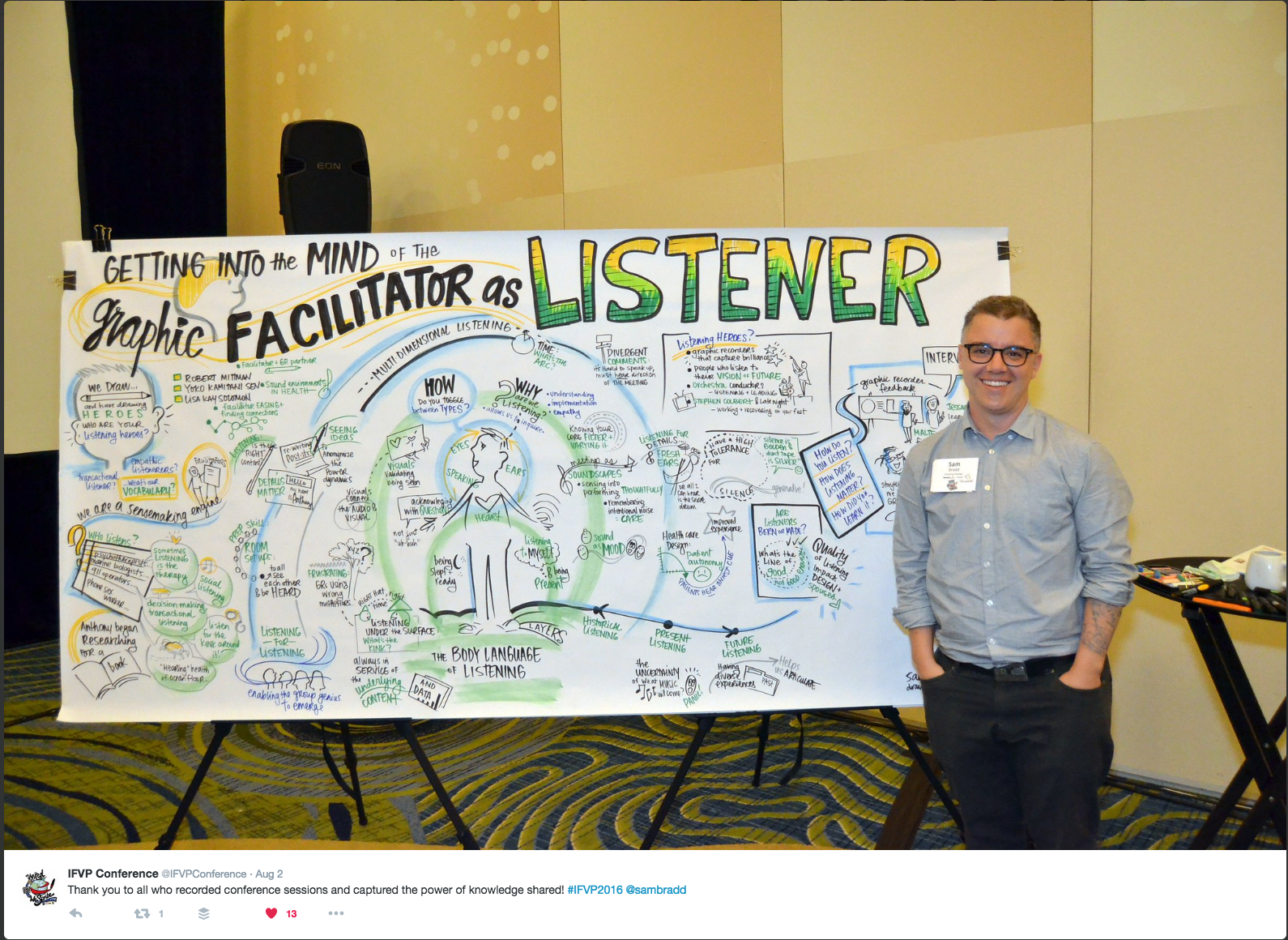
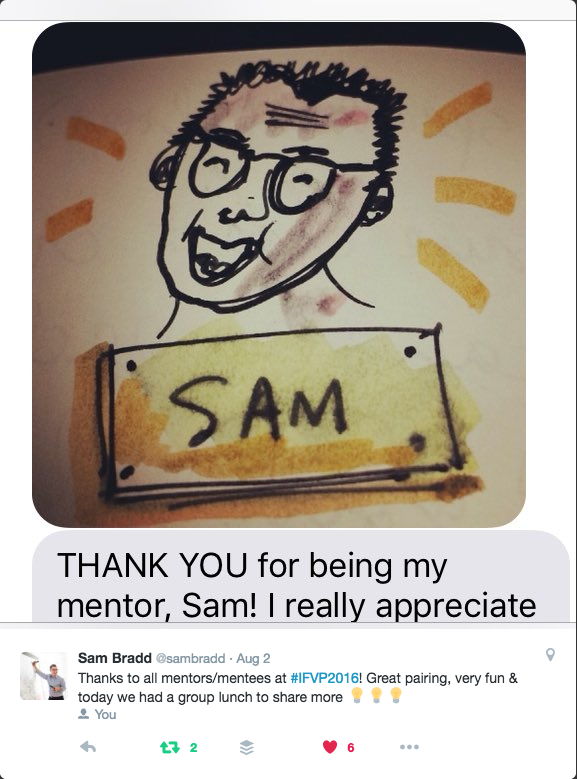
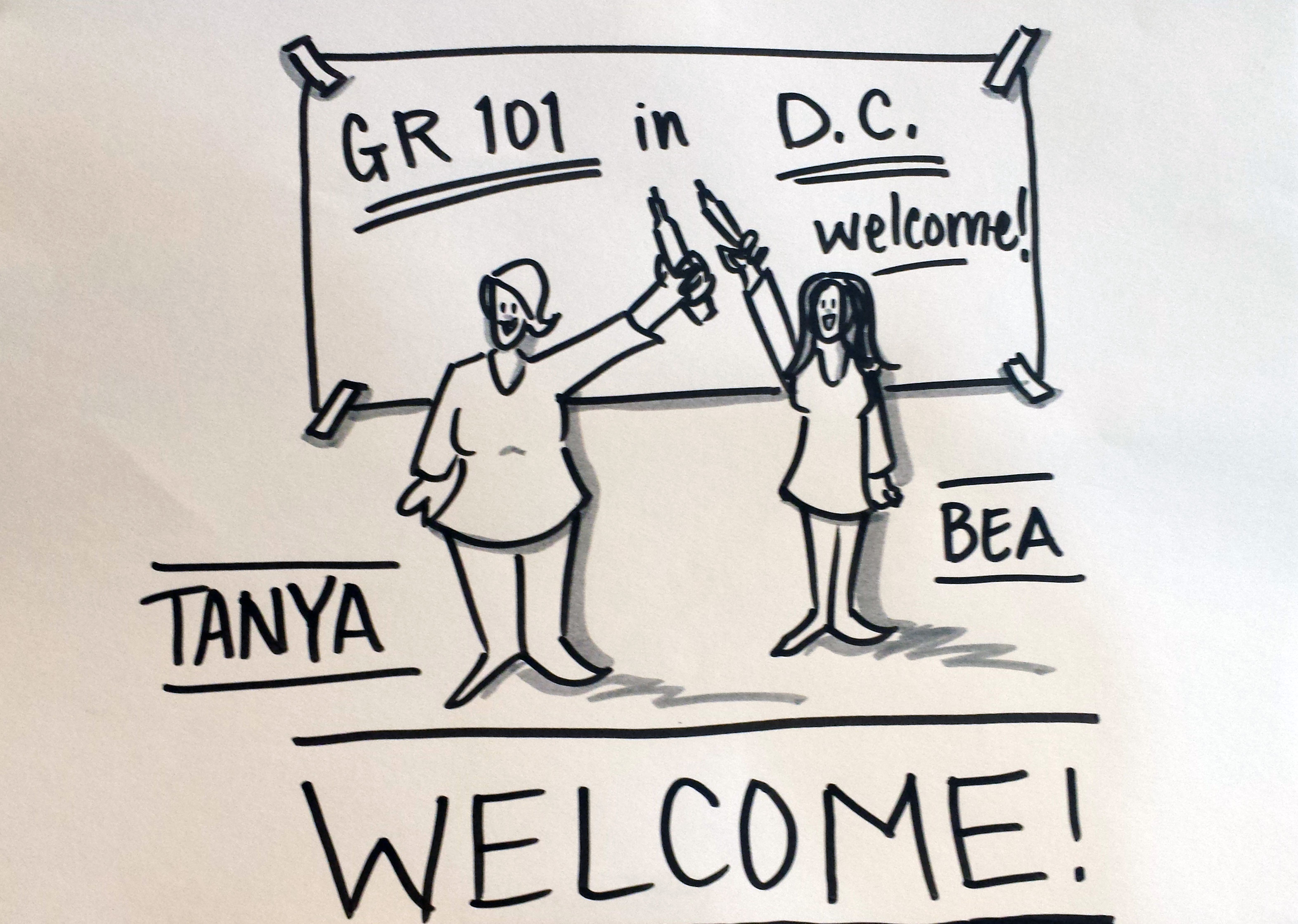
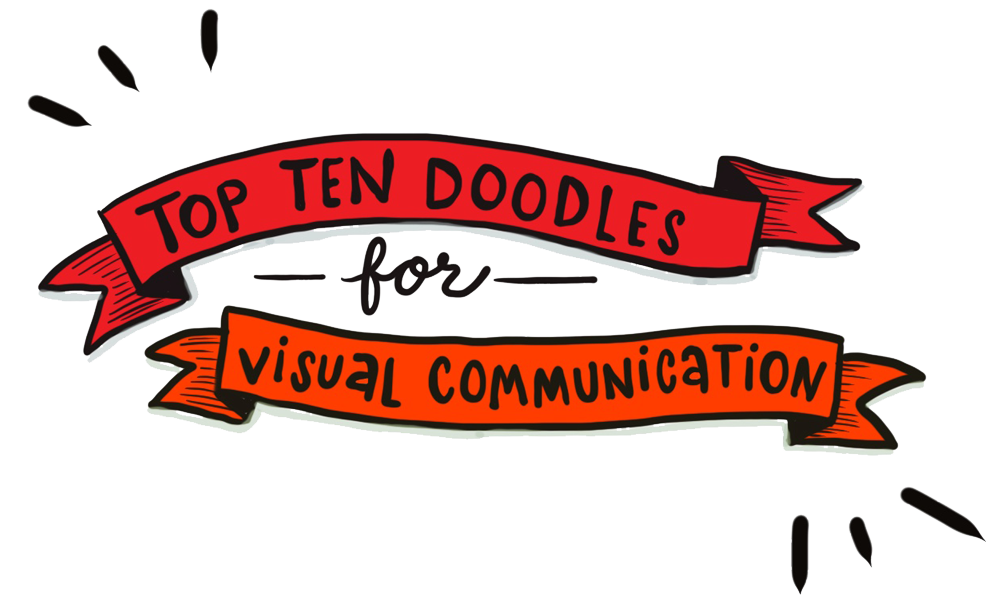
Julia:
This is such an informative post! I’ve bookmarked to come back to it. Thank you so much for sharing so much of your learning!
Hildy
Thank you for being so supportive, Hildy – I appreciate it!
Great insights about the conference. Thanks for sharing!
Thanks, Andi!
Fascinating! I’m eager to hear more about your adventure as you hone your new skills!
I hope this new venture opens doors to endless possibilities! Best wishes.
This is great. I can’t wait for an opportunity to see this in action. And, of course, you will be fabulous at this Julia!
I’ve always been curious about graphic recording, and am so glad you wrote/drew/shared about it here. Thank you! What an exciting new frontier for you!
I love the tips you have here about graphic recording. It makes sense that the markers really aren’t that important and that the experience is more important. I think it’d be fun to make a graphic like this, so I’ll have to remember all of this.